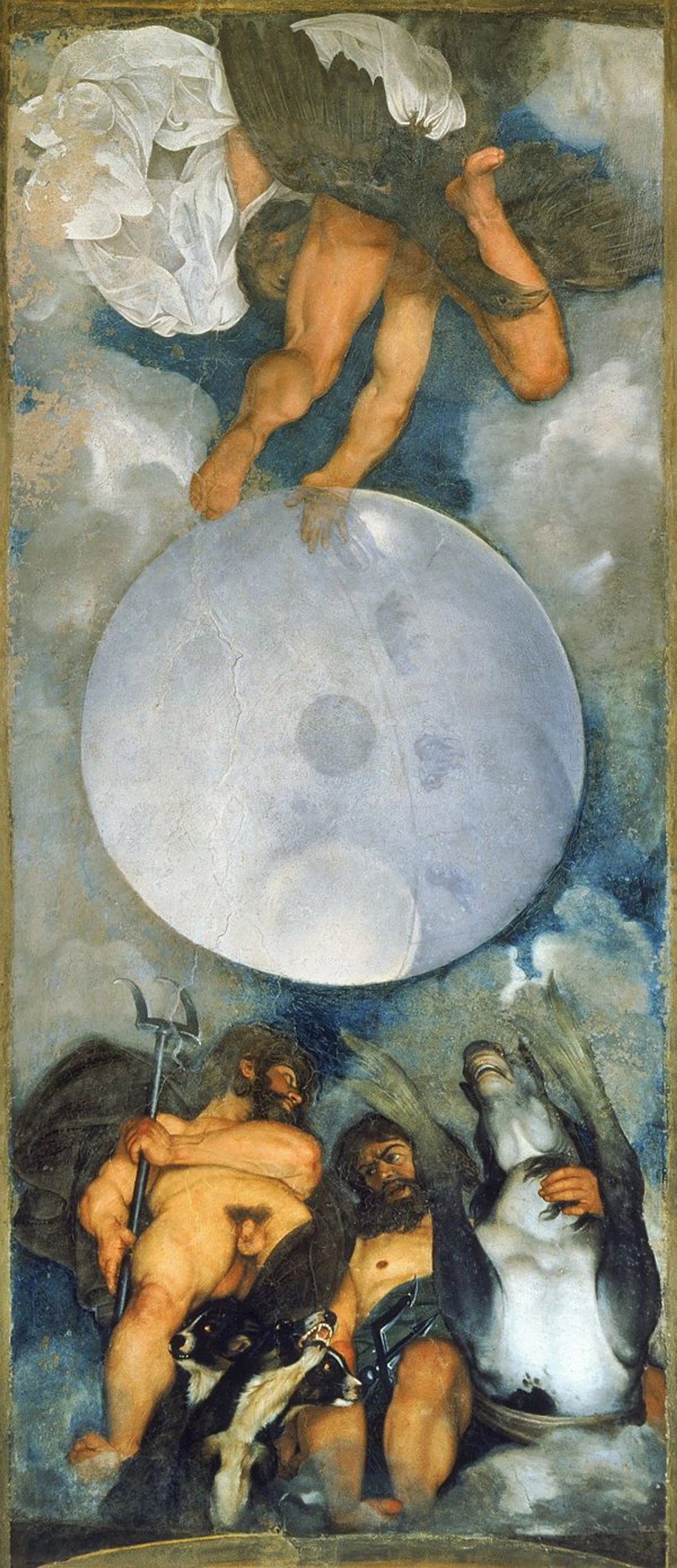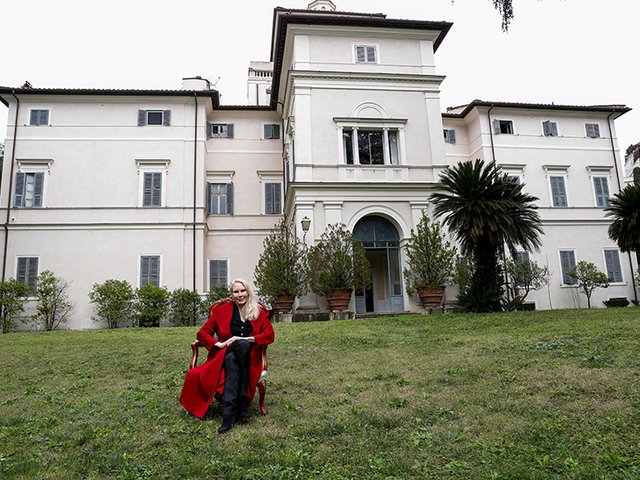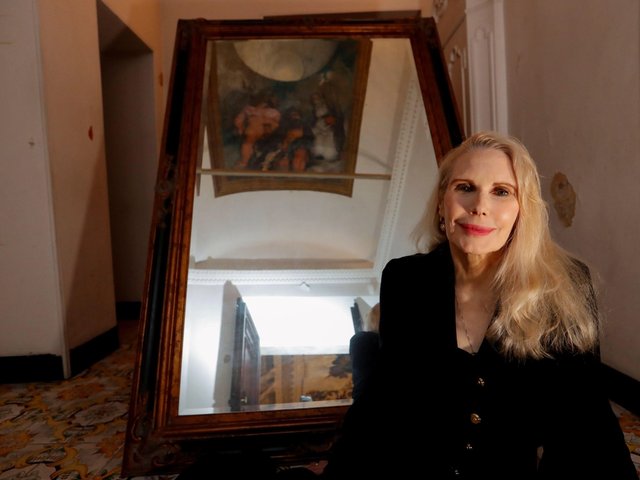As The Art Newspaper and many Italian commentators expected, the auction of the Casino Ludovisi, with its outstanding wall paintings by Guercino and Caravaggio and ancient Roman sculptures, has flopped.
The deadline to register interest in the sale was an hour before midnight on 17 January and it became clear then that there were not going to be any bidders for one of Rome’s most artistically spectacular buildings, in the hands of the same family over four centuries. The reserve price was €471m, and offers should have started at €323m, rising in increments of a million.
The online sale was scheduled to take place with Fallco, the auctioneering arm of the Rome tribunal for judicial sales, at 3pm CET on 18 January. A report on the sale and bids (minus names) was to be published, but, shortly after 3pm, the notice went up: "Auction closed. Unsold”.
Information about the auction is said to have been sent to 20,000 affluent people internationally, with the names of Bill Gates and the Sultan of Brunei bandied about, but no one seemed to have shown any interest—at least, not at this valuation.
According to the rules of tribunal sales, on 7 April, the Casino will go up for auction again, at a 20% lower estimate—a €282.6m starting bid and reserve price of €376.8m. This process of lowering the price continues until a buyer is found.
The recourse to a judicial auction rather than sale through an auction house specialising in art and exceptional real estate was forced by an inheritance dispute between the widow of the previous owner, Prince Nicolò Boncompagni Ludovisi, who died in 2018, and his three sons from the first marriage.
In Italy, news that the Casino Ludovisi was being sold has aroused strong reactions. The art historian and provocative media personality Tomaso Montanari called for the state to buy the Casino. Senator Margherita Corrado tabled a formal question to the minister of culture Dario Franceschini about how the Casino had been valued, while a petition on change.org demanded that some of the €233bn voted by the EU for rebuilding the Italian economy be spent on buying the Casino.
The task of estimating the value of the Casino had been given to the Alessandro Zuccari, a professor of history of art at La Sapienza University of Rome. This involved valuing Caravaggio’s ceiling painting of Jove, Neptune and Pluto, commissioned in 1597 by his patron Cardinal Francesco Maria del Monte, and the Aurora (Dawn) by Guercino, painted on the vault of a ground floor room in 1622, and widely considered his masterpiece. Zuccari came up with a valuation of €432m for the works of art—of which €310.8m for the Caravaggio alone—while the building was estimated at €45m.
This was criticised by two art lawyers. Speaking to our sister paper, the Giornale dell’Arte, Gloria Gatti said, "The estimate, which has been reached by adding the value of the property to that of the wall paintings, is incorrect because they are inseparable goods, both by law [the Casino is on the state list of protected heritage] and by their very nature”. Fabrizio Lemme said, “This work is unique; nothing similar has been sold that could suggest a potential price.”
The listed status of the Casino not only means that the art may not leave the building—forget ripping the paintings from the walls—but if and when a buyer is found, the state may exercise its right of pre-emption at the final price within 60 days of the sale.
In addition, whoever buys the Casino Ludovisi must be prepared to spend €11m on restoring not only its structure but also the paintings and sculpture. This is a binding demand by the state superintendency for fine arts, which is responsible for overseeing the conservation of listed buildings and works of art.





